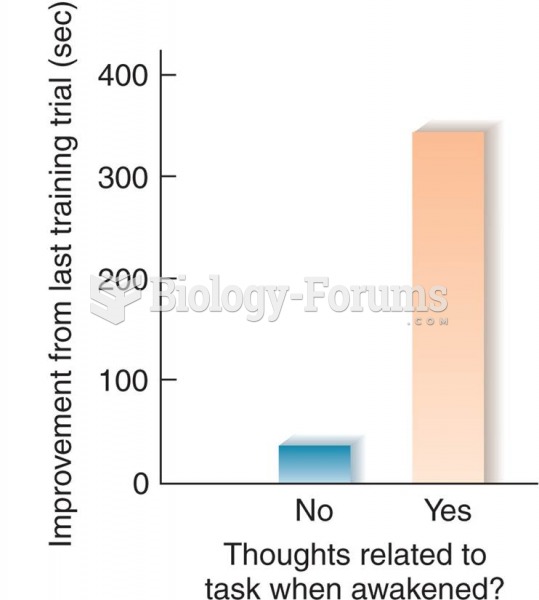Answer to Question 1
The 15-year decline in newspaper revenues has resulted from four factors:
The growth of the Web and mobile devices as an alternative medium for news and advertising. The movement of consumers to an online life style has drained billions of ad dollars (including classified ads) from the printed newspaper.
The rise of alternative digital sources for news, commentary, feature stories, and articles.
The difficulty of traditional newspaper firms and their managers to develop suitable business and revenue models that could survive and even prosper on the Internet, and the mobile/social platform.
The rise of social media, and its role in directing traffic to newspaper content, has challenged newspapers to change their business model to accommodate changes in consumer behavior and technology.
Answer to Question 2
The wholesale model of distribution and pricing is the same model publishers used with hard cover books. In this model, the retail store pays a wholesale price for the book and then decides at what price to sell it to the consumer. The retailer sets the price with some kind of understanding with the publisher that the book will not be given away for free. In the past, the wholesale price was 50 of the retail price. A retailer would pay the publisher a 10 wholesale price and mark it up to a 20 retail price. However, retailers could also determine to sell the book at a much lower sale price, say 5, to attract readers to the store or as a close-out sale. Brick-and-mortar stores had a vested interest in selling most books above their wholesale cost. With e-books, publishers discovered that some online retailers like Amazon and Apple might sell books below cost to encourage customers to purchase their e-book reader devices or to sell them other goods.
The publishers were opposed to this practice and in 2010, five of the largest publishers secretly met with Steve Jobs and Apple, and agreed to a new pricing model called the agency model. In the agency model, the distributor is an agent of the publisher, and can be directed to sell e-books at a price determined by the publisher, around 14.99 and higher for certain titles. In return for a 30 commission, Apple agreed to support this model, as did Google, neither of whom were comfortable watching as Amazon dominated one of the hottest areas of online content sales. In these meetings, publishing executives discussed a common pricing strategy. The agency model temporarily turned the tables on Amazon: it now had to charge whatever price the publishers wanted or the publishers would not sell Amazon any books (they would not choose Amazon as an agent for their products). A result of the agency model was that Amazon's prices on e-books rose to the publisher desired levels, and its market share fell to 60 in 2012. Apple, Google, Barnes & Noble, and the five major publishers were delighted. The Justice Department was not and sued the five publishers and Apple for price fixing in violation of antitrust laws. All five of the publishers settled, but Apple refused to settle and asked for a trial before a judge. In 2013, the United States District Court found that Apple had engaged in price fixing, not because of its agency pricing model, which is quite common throughout retail trade, but because of its most favored seller clause in its agreements with publishers, which had the effect of discouraging other sites (like Amazon) from selling e-books for less than Apple's iBooks Store price. In addition, the publishers and Apple conspired to act in concert, rather than as individual publishers. Under the agreements, the publishers, not Amazon, would determine prices on Amazon. If publishers sold their books on Amazon for 9.95, then publishers would have to sell their e-books at the iBooks Store for 9.95. The court found that Apple and the book publishers' plan would result in less price competition, and higher prices, by enforcing a single higher price on all online distributors and e-books. In the field of antitrust, less competition and higher prices for all is considered a cardinal violation of the law. After the ruling, e-book prices on Amazon have fallen to an average of 9.99, with some older titles far less, with limited discounting, and its market share rose to 65. In August 2014, Apple agreed to pay a 450 million fine to compensate consumers for its price fixing behavior. While the ruling prevents Apple from fixing prices of e-books, it does nothing to solve the issues surrounding Amazon's dominance of the e-book marketplace. Publishers will need to each reach independent marketing agreements with Amazon, one by one. Critics of the court case believe Amazon's market power will force publishers to submit to Amazon's price terms.







